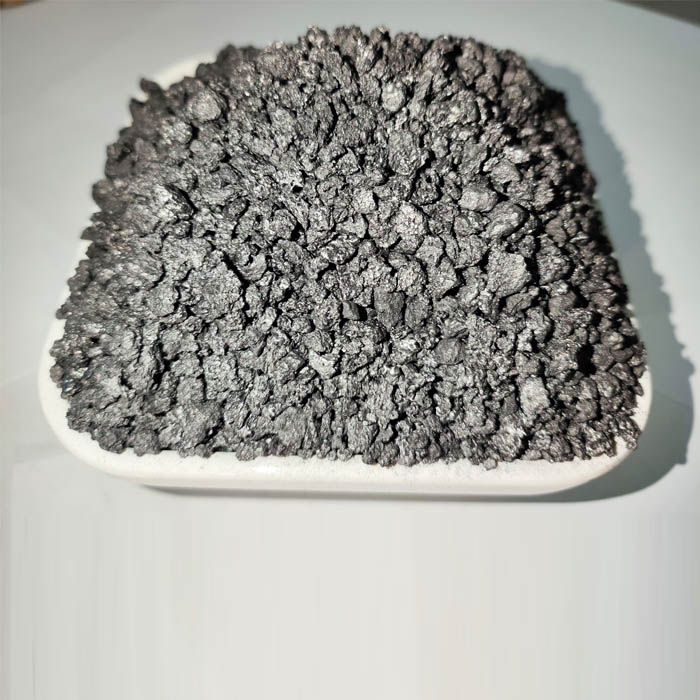Nov . 25, 2024 18:13 Back to list
automobile bearing
The Role of Bearings in Modern Automobiles
In the complex machinery of modern automobiles, one component plays a pivotal role in ensuring smooth operations and enhancing performance the bearing. Bearings are mechanical devices designed to reduce friction between moving parts, supporting rotation or linear movement. Despite their small size, bearings are integral to the functionality and longevity of various automotive systems. In this article, we will explore the various types of bearings, their functions, and the significance of selecting the right bearings for automobile applications.
Understanding Bearings
Bearings come in several types, based on their design and the motion they facilitate. The most common types include ball bearings, roller bearings, and fluid bearings.
1. Ball Bearings These bearings consist of spherical balls that allow for rotational motion while minimizing friction. They are widely used in wheel assemblies and in the drivetrain where they support high speeds.
2. Roller Bearings Similar to ball bearings, roller bearings use cylindrical rollers to distribute loads over a larger surface area. This design makes them suitable for heavy loads, often found in applications like gearboxes and electric motors.
3. Fluid Bearings Fluid bearings provide a lubricated surface that allows for smooth motion without metal-to-metal contact. They are typically used in high-speed applications due to their ability to handle significant loads and provide long service life.
The Importance of Bearings in Automobiles
The primary function of bearings in automobiles is to reduce friction and wear between moving parts
. This friction reduction is essential for several reasons- Improved Efficiency By minimizing friction, bearings increase the overall efficiency of the vehicle. This means better fuel economy and improved performance, which are crucial in today's competitive automotive market.
- Enhanced Safety Bearings support crucial components like wheels, brakes, and steering systems. High-quality bearings contribute to the reliability of these systems, ensuring that vehicles operate safely under various driving conditions.
automobile bearing

- Extended Vehicle Longevity By reducing wear and tear on components, bearings help extend the lifespan of different vehicle systems. This not only saves costs on replacements and repairs but also contributes to sustainability by reducing waste.
Selecting the Right Bearings
Choosing the right bearing for a specific automotive application is critical. Factors such as load capacity, speed, environmental conditions, and maintenance requirements play a significant role in this decision.
- Load Type Different vehicles exert varying loads on their components. For instance, trucks may require bearings that can handle heavier loads compared to passenger cars. Understanding the load specifications helps in selecting the appropriate bearing type.
- Operating Speed Different bearings are designed for specific speed ranges. High-speed applications might require precision ball bearings to handle rapid motions effectively, while slower applications might benefit from roller bearings.
- Environmental Factors Bearings must also withstand environmental factors such as temperature variations, exposure to moisture, and corrosive substances. Choosing bearings made from appropriate materials is essential to ensure their performance and reliability over time.
Innovations in Bearing Technology
As the automotive industry advances, so does bearing technology. Innovations such as hybrid bearings (which combine ceramic and metal materials), self-lubricating bearings, and advanced sealing technologies are revolutionizing the performance of automobile bearings. These advancements aim to reduce maintenance needs, enhance durability, and improve overall performance, aligning with the industry’s push towards sustainability and efficiency.
Conclusion
In summary, bearings are the unsung heroes of the automotive world. Their ability to reduce friction, support essential functions, and enhance vehicle performance cannot be overstated. As vehicles become more sophisticated, the importance of high-quality bearings—combined with ongoing innovations in bearing technology—will continue to define the future of automotive engineering. By selecting the right bearings and investing in advanced technologies, manufacturers can ensure that their vehicles meet the demands of performance, safety, and efficiency that consumers expect in the modern automotive landscape.
-
Premium Building Material for Round Wall Exporters, Manufacturers & Suppliers
NewsJul.30,2025
-
Top Carbon Petroleum Coke Exporters – Reliable Quality & Fast Delivery
NewsJul.30,2025
-
Premium Building Material for Round Wall Exporters – Durable, Versatile Solutions
NewsJul.29,2025
-
High Performance Tundish Dry Vibrator for Steel Casting Solutions
NewsJul.29,2025
-
First Bauxite Exporters – Leading Manufacturer & Supplier Worldwide
NewsJul.29,2025
-
Top Tundish Covering Agent Exporters – Reliable Manufacturer & Supplier
NewsJul.28,2025
